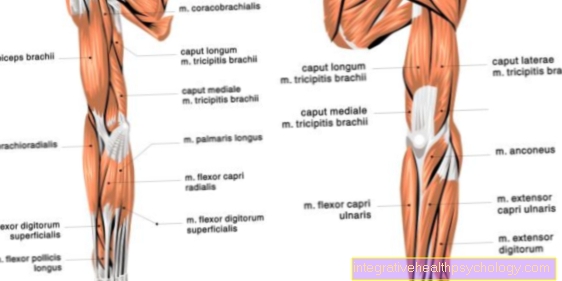Barrel chest
definition
The term barrel chest describes a altered shape of the bony rib cage (Thorax) in which the rib cage appears too short and wide. The chest is reminiscent of a barrel, which explains the term barrel chest.

Anatomy of the barrel chest
With a barrel chest, the chest is in comparison to the normal chest shape shortened and wider, and thus reminiscent of a barrel. The chest (thorax) is widened in the sagittal plane (in the lateral view). The lower thoracic opening (lower thoracic aperture) is enlarged. The ribs run horizontally here. The entire chest appears to be fixed in the inspiration position (during inhalation).
Causes of the barrel chest
Most often, a barrel chest can be traced back to overinflation of the lungs (pulmonary emphysema). With such emphysema, the air content in the lungs is excessive and thus leads to the destruction of lung tissue. The air is trapped at the end of the airways and forms so-called emphysema vesicles, which are useless for breathing. Over the course of months and years, this overinflation of the lungs then leads to a changed shape of the thorax. The most common cause of overinflation of the lungs is chronic obstructive pulmonary disease (COPD), for which smoking is responsible in nine out of ten cases.
Read more about emphysema and COPD
Occupational diseases (caused by inhalation of dust or asbestos) or genetic factors (alpha-1 antitrypsin deficiency) play a role in the development of emphysema less often. The more harmless cause of a barrel chest is a wear-related change in the thoracic spine. Such changes result from years of bad posture or excessive strain on the spine and often lead to chronic back pain.
Read more: End-stage COPD
COPD
COPD is a progressive, non-regressive obstruction of the airflow caused by an abnormal inflammatory response caused by chronic inhalation of harmful particles. Thus, there is a clear connection to long-term smoking in COPD patients. COPD patients cough up more mucus that has accumulated in the morning and have no increased coughing urge during exercise, but shortness of breath. Since COPD occurs on average after the age of 50 and those affected do not put too much strain on themselves at this age, you usually only notice the decrease in performance when the shortness of breath occurs at rest. Thus, COPD is often diagnosed late. A late stage of COPD is the development of a barrel chest.
asthma
Bronchial asthma describes a chronic inflammatory change in the airways that is associated with an over-sensitive bronchial system. Affected people often have attacks (cf. COPD) shortness of breath, coughing and tightness of the chest, which occur mainly at night and early in the morning.
Compared to COPD, asthma is a regressive narrowing of the bronchi. Because of the difficult exhalation, the lungs can become inflated. However, as already mentioned, this is declining. Thus, the occurrence of a barrel chest in asthma is not typical, but possible in principle.
Emphysema
At a Emphysema If the lungs are over-inflated, the inhaled air remains trapped at the end of the airways in the form of emphysema vesicles and cannot be exhaled again. In most cases, the cause is chronic obstructive pulmonary disease (COPD), which affects smokers in 90% of cases. Chronic inflammation leads to Narrowing of the airways. Some of the inhaled air can no longer leave the narrowed airways and emphysema vesicles develop. However, these cannot be on Gas exchange rather, they cause the lungs to overinflate. Over the course of months and years, this overinflation leads to a change in the morphology of the bony thorax as it widens in the sagittal plane (from the side).
Symptoms
Since a barrel chest develops over months and years, the patient usually does not notice these changes himself. For the experienced doctor, however, a barrel chest is one Eye diagnosis. Since a barrel chest is not a disease in itself, but a symptom or a consequence of other diseases, the symptoms of these causative diseases are in the foreground. If a barrel chest is caused by a pulmonary emphysema, the patients complain additionally shortness of breath, a decreased breathing width and a cyanosis (Blue discoloration of the lips or mucous membranes due to reduced gas exchange). If a barrel chest can be traced back to a wear-related change in the thoracic spine, those affected often suffer from it chronic back pain and Restrictions on movement.
diagnosis
Often a barrel chest can already be recognized as a visual diagnosis without further diagnosis. The characteristic shape can be easily recognized by the shortened and widened shape of the chest, depending on the characteristics. On the one hand, the bony thorax can be further assessed in an X-ray; A widened lower thoracic aperture (entrance to the chest) and horizontally standing ribs are noticeable here. Degenerative changes in the spine, which lead to an altered shape of the thorax, can also be diagnosed using X-rays.
Read more on the topic: Chest x-ray (chest x-ray)
In addition, the lungs can be roughly assessed with conventional X-rays, and special X-ray signs that indicate pulmonary emphysema can be detected. When making a diagnosis, however, it is important to make it clear that a barrel chest is not a disease but only a symptom, and therefore the diagnosis of the underlying disease (most often pulmonary emphysema or degenerative changes in the thoracic spine) must be in the foreground.
X-ray of barrel chest
A pronounced barrel chest can be determined by a simple visual diagnosis. However, the chest x-ray provides other important information. In the X-ray of a barrel chest, the ribs are largely horizontal. In a healthy patient, on the other hand, the ribs should run from back-up to front-down. In addition, the distance between the ribs is increased when there is a barrel chest. The diaphragm is low and flattened. The overinflation of the lungs can be represented by increased radiation transparency. The affected lung tissue appears darker in the X-ray than healthy lung parts. In addition, blood vessels are no longer clearly visible when there is a barrel chest.
therapy
With regard to therapy, too, one should keep in mind that a barrel chest is not a disease in itself, but merely a symptom. If emphysema is the cause, the changes are in the lungs irreversible, that means no more undoing. With No smoking and bronchodilator medication however, the progression of the disease may be slowed. Also physical therapy and Breathing exercises can help to maintain the quality of life. A barrel chest does not recede as a result. In very advanced stages, surgical therapy may be indicated. Surgical reduction of the lung volume or a lung transplant are possible here. If the barrel chest can be traced back to signs of wear and tear in the thoracic spine, conservative therapy for back problems is the first priority. This includes above all Pain medication and physiotherapy. An advantage of surgical procedures in the case of unspecific signs of wear and tear of the spine is not given in the long term, and such interventions at the same time involve serious risks
Forecast: what are the long-term consequences?
Since a barrel chest only develops after a long-term lack of oxygen in the tissue - usually as a result of COPD - it describes a late stage. In principle, the earlier the disease is recognized, the better the prognosis. Thus, when a barrel chest is present, complete freedom from symptoms cannot be achieved, especially since the barrel chest describes a non-retrograde condition. However, bronchodilator and anti-inflammatory drugs can improve breathing difficulties. A very important measure that can stop the course of the disease is to completely stop smoking.

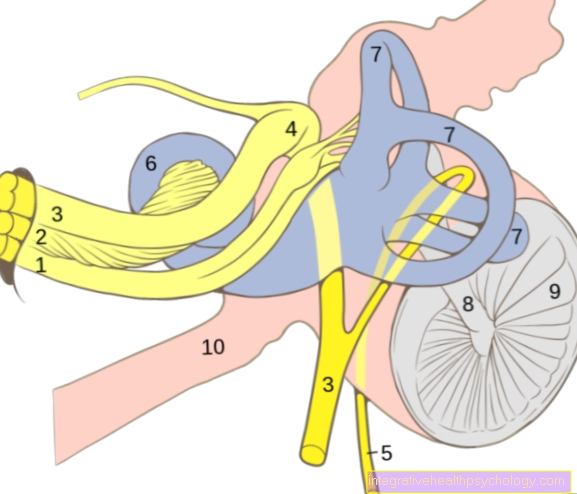



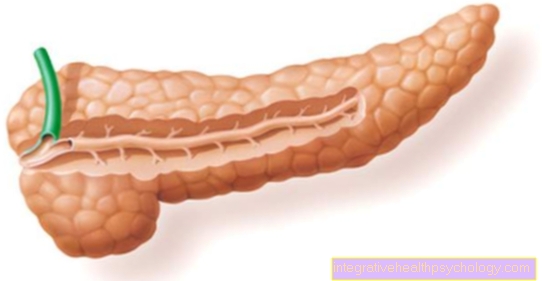





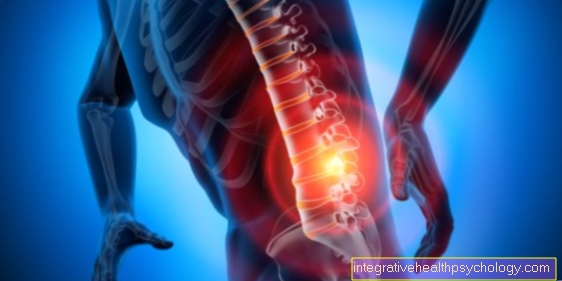




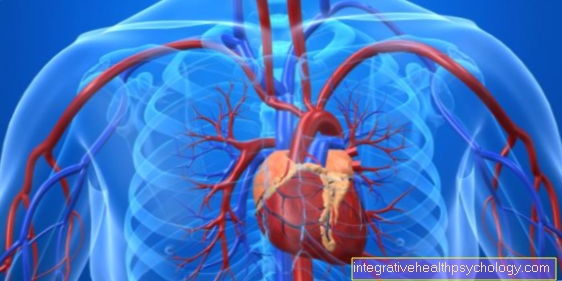

.jpg)





.jpg)




